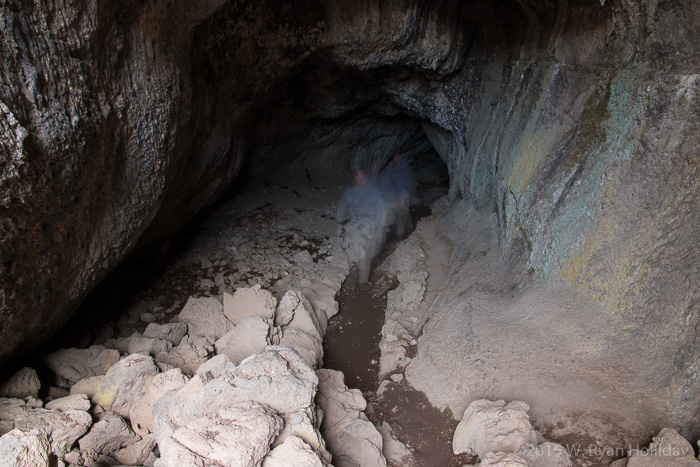Back in February I wrote the following:
What gives me hope is that while the population at large often despairs over such issues, anytime I sit down with a group of engineers the conversation is inevitably about understanding the problem and figuring out what solutions are viable. If society can’t be convinced to take action on an issue through the government, engineers search for other options.
I read a lot of news that continues to make me hopeful about the steady technological progress being made, and while it may be of interest mostly just to me, here’s one such example. First, a caveat: most new companies and technologies will fail for one reason or another – they will be poorly managed, there will be some unforeseen problem that throws the business model into disarray, or they will simply be unlucky. This journal entry isn’t necessarily meant to highlight something that will definitely become a solution to the world’s problems, but is simply meant to illustrate one way that solutions are being developed to address seemingly dire issues, and how those solutions have the potential to make the world a much better place.
Tesla is in the process of building a massive lithium-ion battery plant that will double the world’s supply of lithium-ion batteries when it is running at full capacity. Business analysts are focusing on the fact that this factory will eat up a huge supply of the world’s lithium, driving up prices and potentially depleting the world’s reserves of this valuable element. These analysts suggest that the world simply won’t have what it needs, resulting in manufacturing shortages and disruption to the technology sector. Engineers, however, mostly ignore the business analysts in this case. So why the difference?
Concentrated lithium reserves are rare, but as a trace element lithium is the 25th most common element on earth – there are 230 billion tons of it in seawater alone. Current methods of extracting lithium involve processing it from salts and brine pools, which requires evaporation followed by disposal of potentially toxic byproducts. Queue the engineers. While the following may not end up being the solution to the world’s lithium needs, it provides an example of how engineering seems to always find solutions that defy the doom-and-gloom scenarios of business analysts.
Today, the three main problems with lithium production are:
- It is difficult to find sources of lithium that are concentrated enough to make production worthwhile.
- The energy costs associated with extracting lithium, whether via evaporation or some other processing method, can be high.
- Safe disposal of the byproducts left over after the lithium is extracted add additional cost.
Enter lithium extracted from geothermal wastewater. Geothermal plants drill into the earth’s crust to tap into superheated water which is brought to the surface, used to generate power, and then pumped back into the formation from which it was extracted. This geothermal water just so happens to be very high in mineral content, including valuable elements like lithium. Suddenly, the problems associated with lithium production are not so severe:
- Geothermal waters are high in mineral content, and the geothermal plant has already done the work of bringing that water up from the depths of the earth’s crust.
- The water is already superheated, greatly reducing the energy costs required for processing.
- The byproduct after extracting the valuable elements from this geothermal wastewater is no more toxic than what was extracted in the first place, and the geothermal plant already has the infrastructure in place for safely pumping it back to the formation from which it was originally extracted.
Making this method of lithium production an even bigger win, using geothermal wastewater for production of rare elements helps reduce the costs of geothermal power in two ways. First, a major issue faced by geothermal plants is the buildup of mineral deposits in the pipes used to return wastewater to the geothermal reservoirs, so extraction of some of those minerals reduces the wear and tear on the infrastructure, meaning pipes have to be replaced less often. Second, companies using the wastewater compensate the geothermal plant for providing the water, introducing an additional revenue stream for the plant. Thus, in the end the world gets both a cheaper, cleaner source of rare elements, and reduced costs for a renewable energy source.
In this particular example, the first attempt to extract lithium from geothermal wastewater has had a rocky rollout, with the first company to build a demonstration plant now facing funding difficulties, but a solution will be found. Where the majority of people see problems, the engineers of the world see potential solutions, and that gives me confidence that the worst of the world’s issues will eventually be solved; I’m excited to see what innovations will be created in the process.











